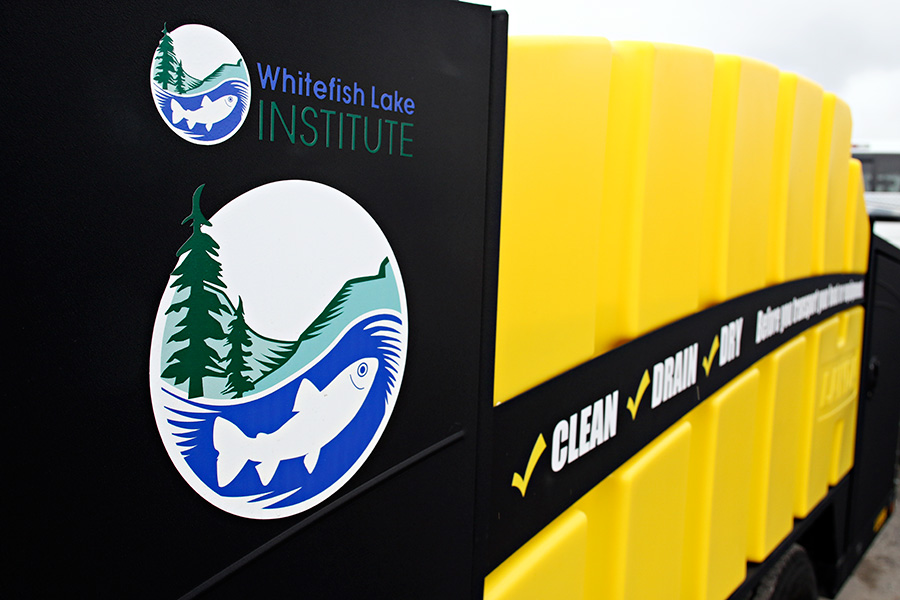The upcoming Montana Lakes Conference in Whitefish will highlight community-based efforts to promote healthy lake and reservoir ecosystems across the state.
Slated to take place March 13-15 on the shores of Whitefish Lake at the Lodge at Whitefish Lake, the conference will bring together diverse resource professionals to discuss the roles of research, resource management, education, local lake associations, and citizen science to address the myriad challenges facing the Treasure State’s lakes and the communities that depend on them, according to organizers.
Hosted by the Whitefish Lake Institute, stakeholders will discuss the risks associated with a range of issues, including septic leachate, aquatic invasive species and climate change.
The event is open to the public.
“The health of the lake in the long term will depend on our citizens,” Mike Koopal, executive director of the Whitefish Lake Institute, said. “Whitefish Lake is the heart of this community, and we all need to embrace the small changes we can make to ensure the lake remains clean and healthy.”
The Whitefish Lake Institute works to shed light on lake health through science, education and aquatic resource initiatives. Its supporters include retired science teacher Chris Ruffatto, who said Montana’s lakes offer an invaluable resource for hands-on youth education. Ruffatto, along with the Whitefish Lake Institute, converted a boat into a floating laboratory that affords hundreds of high school students the opportunity to collect scientific data.
Whitefish Mayor John Muhlfeld said the community benefits by striving to protect Whitefish Lake, particularly as other water bodies across the country suffer irreparable damage due to the presence of aquatic invasive species and septic leachate.
“What degraded Caroga Lake was the failing septic systems and the introduction of zebra mussels — the same things that now threaten Whitefish Lake,” Muhlfeld said, referencing a lake in upstate New York, where he spent his childhood summers.
Both locally and statewide, efforts to reduce the risk of aquatic invasive species spreading through Montana’s water bodies have been stepped up in response to the positive detection in the fall of 2016 of invasive mussel larvae east of the Continental Divide in Tiber Reservoir, as well as their suspected presence in Canyon Ferry Reservoir and the Missouri River near Townsend.
The detections led Gov. Steve Bullock to declare a natural resource emergency and form a joint mussel response team.
While mussels have not crossed over to Northwest Montana, officials from Montana Fish, Wildlife and Parks; the Confederated Salish and Kootenai Tribes; Flathead Lake Biological Station; Glacier National Park; the Montana Invasive Species Council; and other agencies have collaborated on an emergency response plan for the worst-case scenario.
The urgency of the threat is what prompted the city of Whitefish to partner with the Whitefish Lake Institute and Montana State Parks to craft a plan aimed at building a perimeter of mandatory inspection stations around Whitefish Lake, which, compared to other lakes radiating with access points, is relatively easy to contain.
“We are lucky because we have two main launch sites and 10 small launch sites that are all cooperating,” Lori Curtis, of the Whitefish Lake Institute, said. “This local program is going to be the biggest in the state of Montana. There is no 100 percent, perfect prevention against aquatic invasive species. But this is going to be the best protection short of closing the lake.”
For a conference agenda, visit the Whitefish Lake Institute’s website at www.whitefishlake.org.
